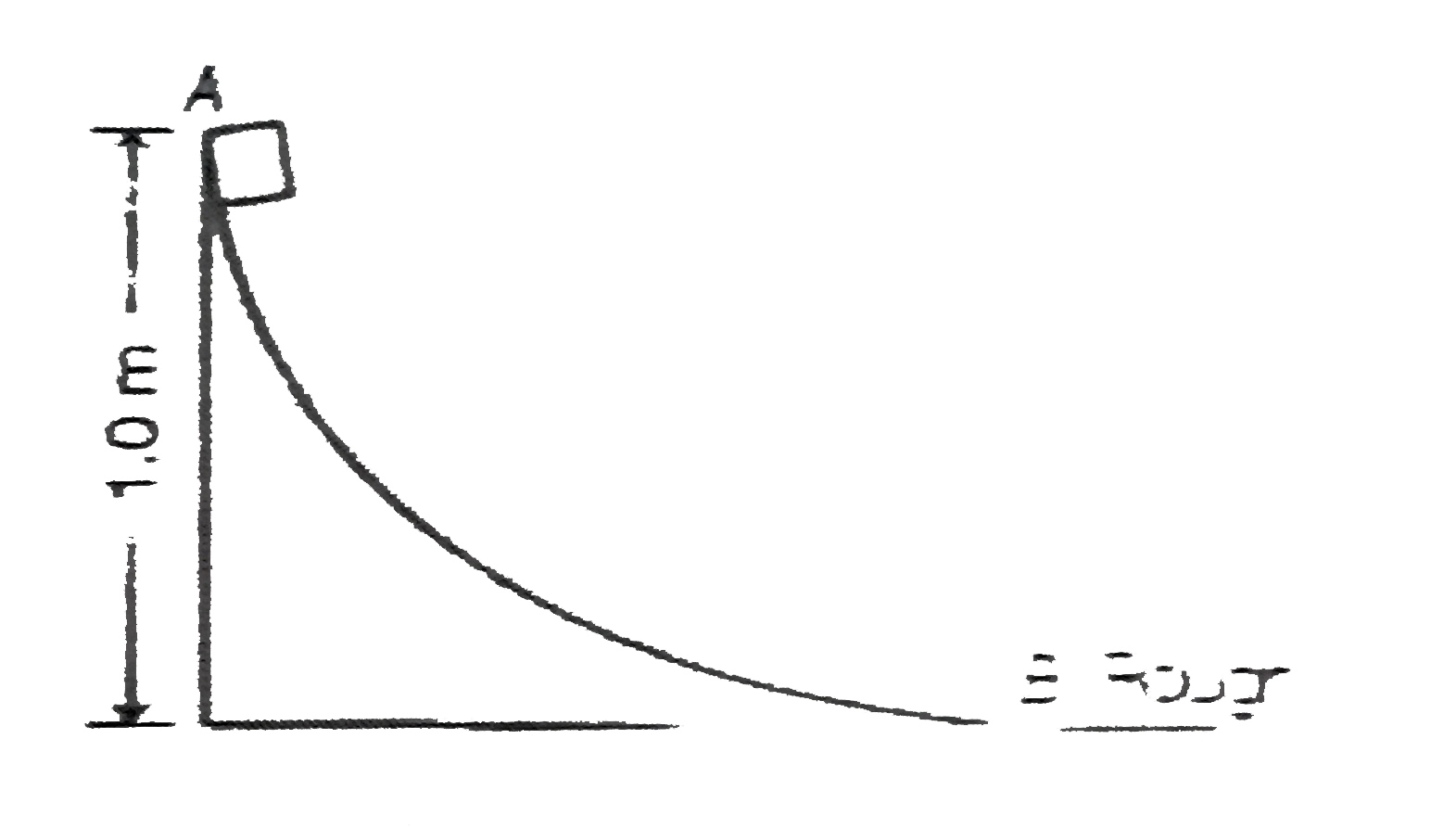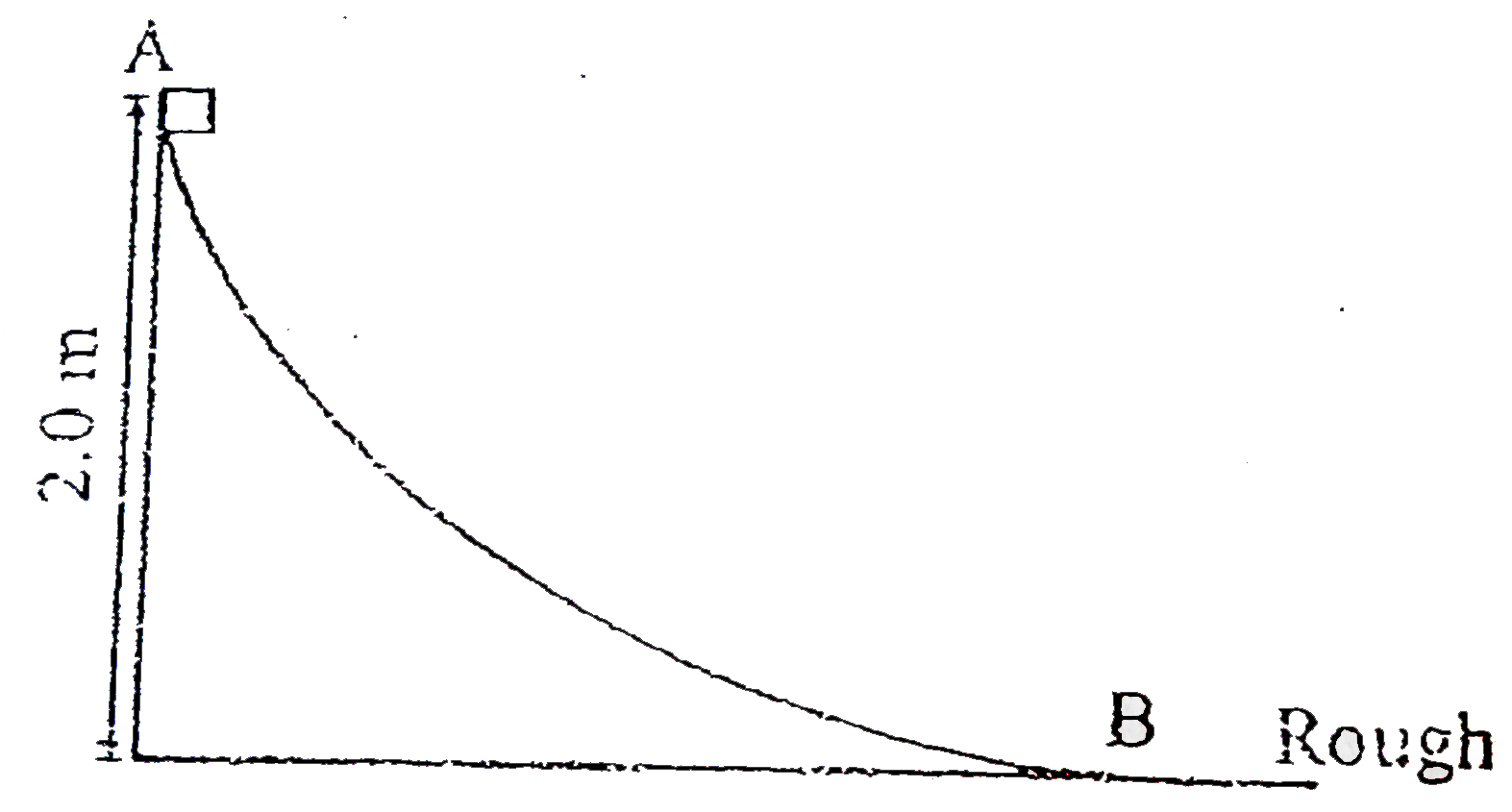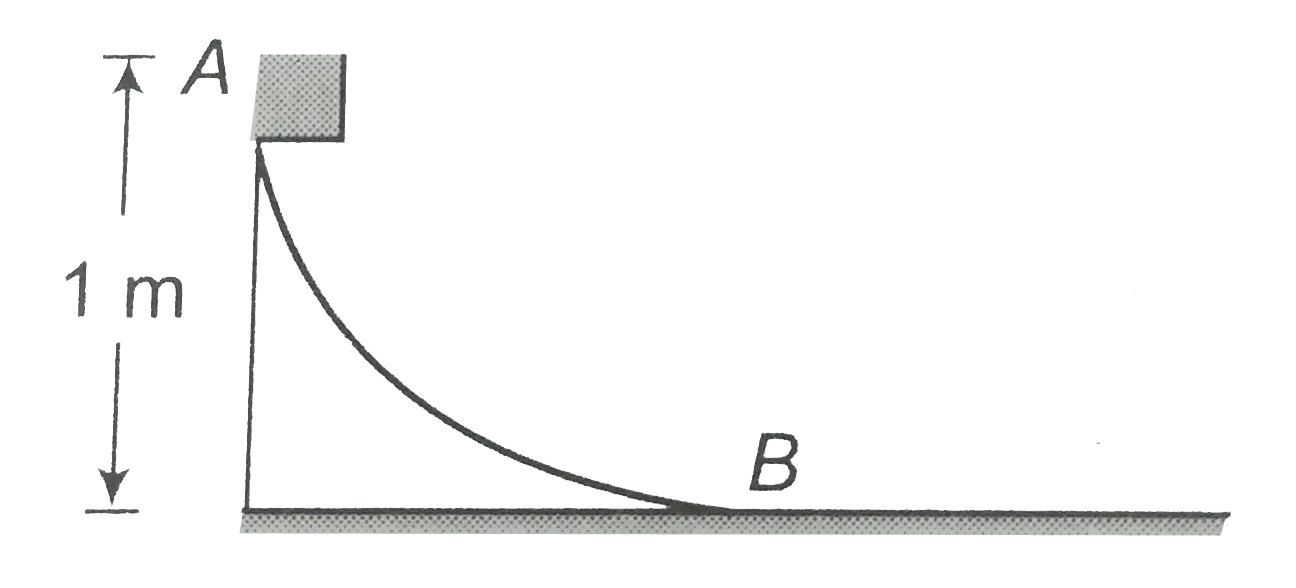Smooth surface produces _____ friction than a rough surface.
To answer the question "Smooth surface produces _____ friction than a rough surface," we can follow these steps:
1. Understanding Friction:
- Friction is the force that opposes the relative motion of two surfaces in contact. It is influenced by the nature of the surfaces involved.
2. Surface Roughness:
- The roughness of a surface plays a crucial role in determining the amount of friction. Rough surfaces tend to have more irregularities and protrusions, which can interlock with each other.
3. Interlocking of Molecules:
- On a rough surface, the molecules of the two surfaces can interlock more effectively. This interlocking increases the frictional force because it requires more force to overcome this interlocking and initiate movement.
4. Smooth Surfaces:
- In contrast, smooth surfaces have fewer irregularities. The molecular structure is more uniform, which means there is less interlocking between the surfaces. This allows for easier sliding or slipping.
5. Conclusion:
- Since smooth surfaces have less interlocking and allow for easier movement, they produce less friction compared to rough surfaces. Therefore, the correct answer to the question is that a smooth surface produces less friction than a rough surface.
Final Answer:
A smooth surface produces less friction than a rough surface.
---
- Friction is the force that opposes the relative motion of two surfaces in contact. It is influenced by the nature of the surfaces involved.
- The roughness of a surface plays a crucial role in determining the amount of friction. Rough surfaces tend to have more irregularities and protrusions, which can interlock with each other.
- On a rough surface, the molecules of the two surfaces can interlock more effectively. This interlocking increases the frictional force because it requires more force to overcome this interlocking and initiate movement.
- In contrast, smooth surfaces have fewer irregularities. The molecular structure is more uniform, which means there is less interlocking between the surfaces. This allows for easier sliding or slipping.
- Since smooth surfaces have less interlocking and allow for easier movement, they produce less friction compared to rough surfaces. Therefore, the correct answer to the question is that a smooth surface produces less friction than a rough surface.
A smooth surface produces less friction than a rough surface.
Similar Questions
Knowledge Check
Choose the correct option for each question. There is only correct response for each question.
Smooth surfaces have ______irregularities than rough surfacesAlessBmoreCnoDequalWhen a person walks on a rough surface
Athe frictional force exerted by the surface keeps him movingBreaction of the force applied by the man on the surface keeps him movingCthe force applied by the man keep him movingDweight of the man keeps him movingWhen a person walks on a rough surface .
Athe frictional force exerted by the surface keeps him moving .Breaction of the force applied by the man on the surface keeps him movingCthe force applied by the man keep him movingDweight of the man keeps him moving .
_____ friction is friction between moving surfaces.
View SolutionTo determine the coefficient of friction between a rough surface and a block, the surface is kept inclined at 45∘ and the block is released from rest. The block takes a time t in moving a distance d. The rough surface is then replaced by a smooth surface and the same experiment is repeated. The block now takes a time t/2 in moving down the same distance d. The coefficient of friction is
View SolutionA block weighing 10 N travels down a smooth curved track AB joined to a rough horizontal surface (figure). The rough surface has a friction coefficient of 0.20 with the block. If the block is released from rest on the track from a point 1.0 m above the horizontal surface, the distance it will move on the rough surface is

View SolutionA block weighing 40N travels down a smooth fixed curved track AB joined to a rough horizontal surface (figure). The rough surface has a friction coefficient of 0.10 with the block. If the block starts slipping on the track from a point 2.0m above the horizontal surface, the distance it will move on the rough surface is :−

View Solution
A block weighing 10 kg travels down a smooth curved track AB joined to a rough horizontal surface (see the figure.) The rough surface has a friction coefficient of 0.20 with the block. If the block starts slipping on the track from a point 1 m above the horizontal surface, how far will it move on the rough surface?
View Solution
